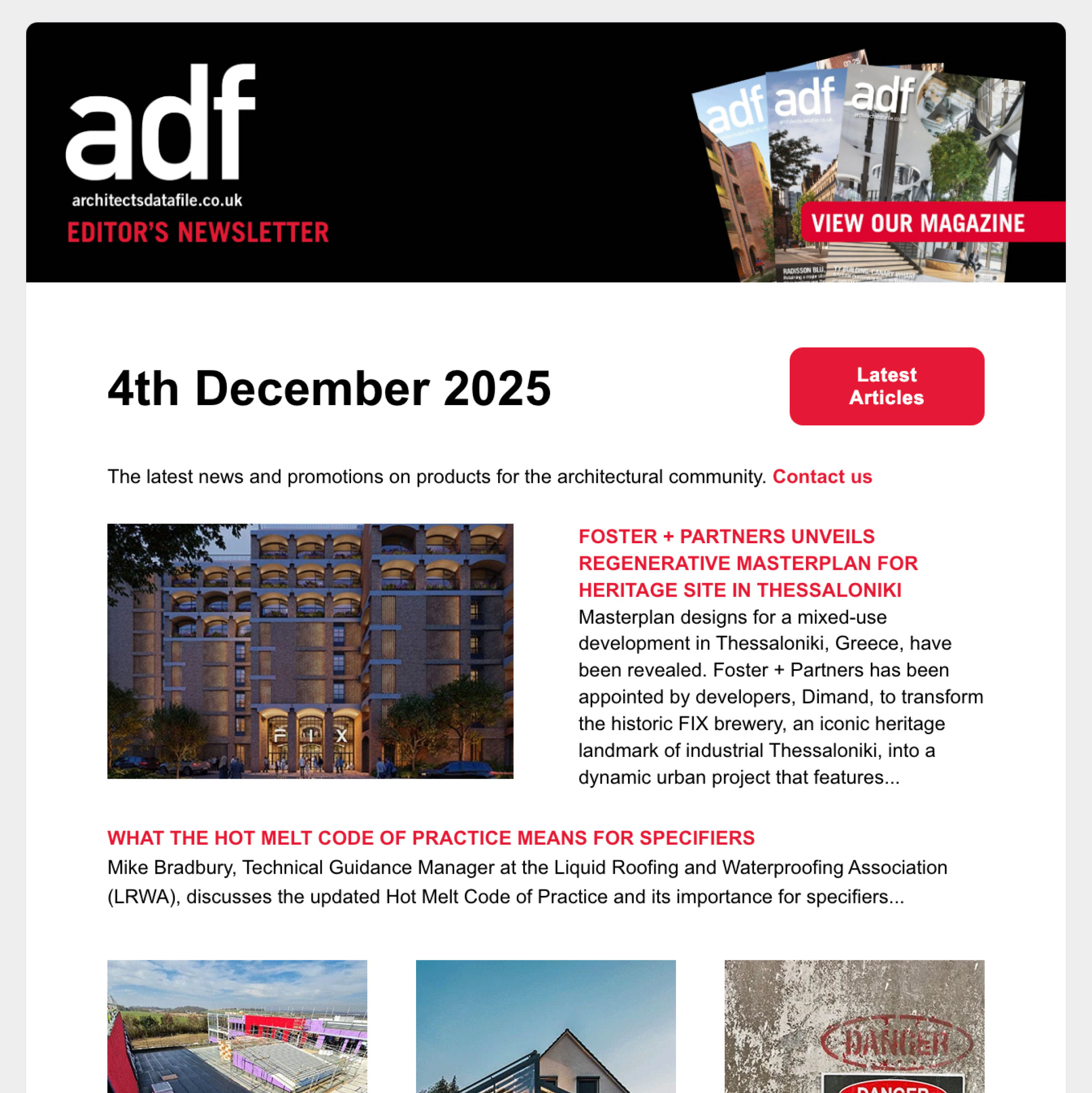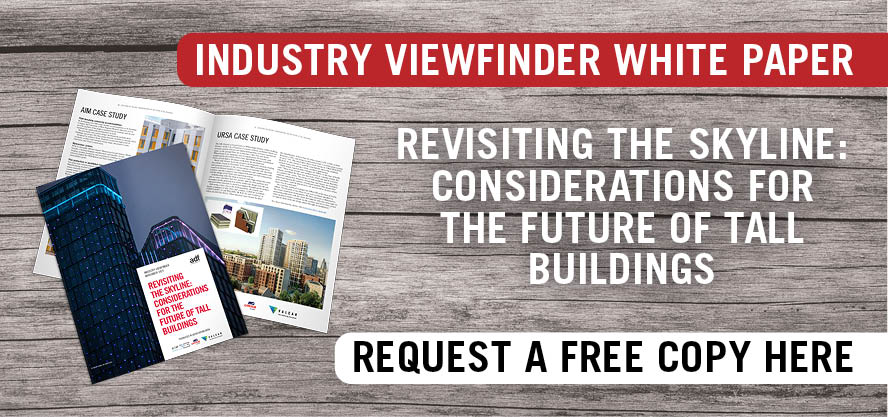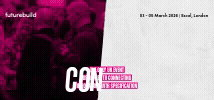Eliot Postma, partner & group leader at Heatherwick Studio answers ADF’s questions on how his career has helped shape him as a designer, and what inspires him currently
What made you want to become an architect?
It goes back to junior school; I still remember looking forward to Wednesdays. It was the best day of the week because after lunch, the only thing you had was design and technology – which was essentially sitting in a small workshop and making stuff.
As I went to secondary school, I continued to pick design whenever it was an option. I always liked the workshop environment and getting to make models and trying to build things, so the natural evolution of that was asking myself what the biggest things one could build were. Becoming an architect went from there.
How did you transition from your first firm Fosters, and what was it like arriving at Heatherwick?
I had a break between the two. Being at Fosters was an incredible foundation and introduction into the profession. The organisation works on such an incredible scale, working alongside a thousand other architects in Battersea was a great opportunity.
After Foster + Partners, I went to do my master’s and I was pretty sure after that I wanted to work somewhere smaller. I studied at the Royal College of Art, which is a melting pot of lots of different creative disciplines – it is not an architecture school but focuses on all the arts. I enjoyed this environment – getting to work across departments, learning screen printing or glass blowing, working with people studying design interactions or product design.
I was very much attracted to Heatherwick Studio in the sense that it’s not an architecture but a design studio. We embrace all elements of design and work at all scales. Plus, the fact that we were 22 people when I joined felt very different, and I wanted to see what was possible.
What individual piece of design are you most proud of?
I’ve been very lucky to work on such a great selection of projects, but your first is always special. As it happens, we visited my first project recently, the Bombay Sapphire Distillery in Hampshire. Getting to work on a project from day one of the concept, all the way through to completion, is very rare and I got to do that with the distillery. It was a very formative experience that I cherish.
Do you have a big personal goal as a designer?
I am not a ‘five-year plan’ type of person. In my career I have been grabbing opportunities as they appear, and I like the uncertainty of that. There are typologies of building that I would love to work on, but I don’t have a specific goal. I enjoyed the not knowing and then finding myself working on a headquarters for a tech company, or a gin distillery, or a boat or a light. Following each of these journeys and being open to them has been amazing and perhaps I would not have done any of them if I had something predetermined in my mind. It might have filtered out opportunities.
That said, I’d love to work on a hospital, train station or stadium. Even before I joined the studio, I had always loved the design for Teesside Power Station. I love the idea of working on a typology that’s typically unloved, and changing its fate.
What are your hopes for the Labour Government?
We can all see that housing is a priority for the UK. But quantity should not come at a cost of quality, so we need a mindset shift about new houses. Other than meeting the baseline needs, which is a given, I hope that the new towns announced by the Labour government offer people homes with an incredible sense of joy, sophistication, interest and pride, without costing the earth.
How was your collaboration with SPPARC on London Olympia?
So much of our work is international so we’re really used to working with local architects – almost all our projects are collaborations, although less frequently in the UK. Olympia is such a big project and such a complex opportunity that it was quite natural to collaborate with somebody else. The collaboration was smooth, and we had a clear delineation of our roles from the outset. We worked on the overall master plan vision initially, and then we split down the sites with us focusing on some and SPPARC focusing on others. But the design dialogue and the collaboration sessions were great, and we always felt we were pulling in the same direction.
What is your next big project?
I’ve got a couple of big projects in China. One is an opera house, and the other is a very large mixed-use district with hotels, retail, offices, event centres and an amazing landscape. It is a whole ecosystem, which is exciting. I also continue to work in the US, which I have always really enjoyed.
We have worked with Google over the last decade, and now with other clients in the San Francisco Bay Area and NY. We recently opened a community park in Milwaukee for Harley-Davidson. The park was one of the venues hosting the Harley-Davidson Homecoming Festival, a four-day celebration of music, moto-culture and Milwaukee in July.
What are you involved in that’s not design ‘per se’ at Heatherwick?
It’s wonderful to work at such different scales. I am working on a lighting design project which explores an unusual typology of light. We’re also designing a glassware range. This is the great thing about the studio – I am working on something like Olympia, or all these huge projects in China, and at the same time get a chance to zoom in and design things that you can quickly prototype one-to-one. Perhaps surprisingly, though, our design processes are quite similar no matter what scale. What we learn at the smaller scale, we end up applying at the bigger scale and the other way round.
How do you maintain your positive demeanour in very complex collaborations?
Every project of every scale goes through its challenges, particularly when you’re trying to do something ambitious, like we are at Olympia. In all our projects we’re forever pushing for something ambitious.
I think having an almost unhealthily level of optimism has been helpful, always trying to find the positive when the inevitable bumps emerge. We try to see the challenges as an opportunity that has the potential to change the design in the way that you hadn’t expected. Maybe even unlocking something better. So, I guess the answer is – relentless pursuit of optimism.
What’s the biggest challenge you will face as a practice in the near future?
I think it’s fair to say we are in an increasingly uncertain world from a political point of view. The invasion of the Ukraine has a massive impact on the industry, driving up costs, impacting supply chains and stopping a lot of international architects’ projects overnight. We work very internationally, so we watch geopolitical changes closely.
We’ve got a studio in China, for example and right now, it’s hard to predict what the future holds, so everyone in the industry will be facing this challenge. We do our best to work in lots of different regions, ride the waves of change and remain optimistic.



